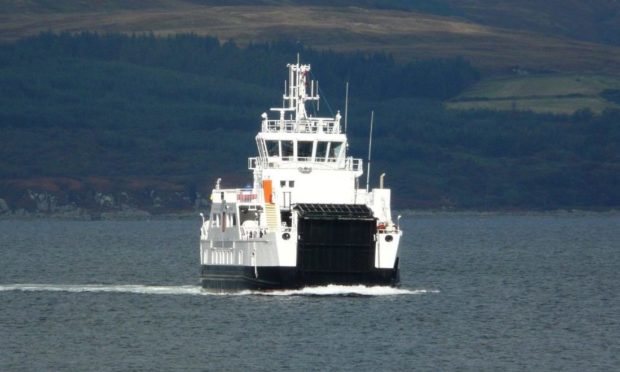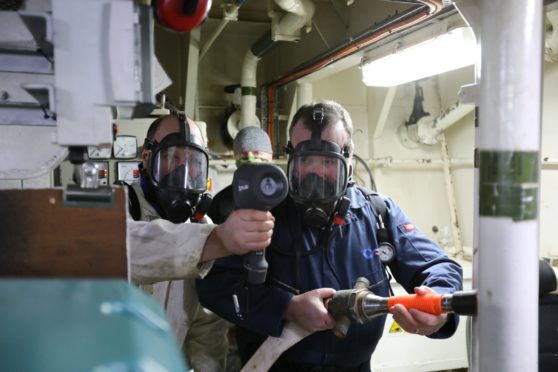Plans to introduce Europe’s first emissions-free sea-going ferry in the Orkney islands have taken a “significant step forward” with the award of a contract to develop a design concept for the vessel.
Powered by hydrogen fuel cells that store energy from renewable sources, it will be designed to carry passengers and vehicles between Kirkwall and the island of Shapinsay.
The contract has been awarded to London-based energy and marine consultancy Aqualisbraemar LOC Group (LOC) by Caledonian Maritime Assets (CMAL), one of the partners in the EU-funded HySeas III programme.
The consortium also includes Orkney Islands Council, St Andrews University and several European organisations.
Green hydrogen from the Okneys
“Green” hydrogen” is generated from wind power on Shapinsay, five miles from the Orkney mainland. The double-ended ferry, with capacity for 120 passengers and 16 cars or two trucks, will also be capable of operating at other ports where the fuel could become available in future.
The contract award represents the third stage of the HySeas research programme and aims to demonstrate that hydrogen fuel cells can be successfully integrated with a marine hybrid electric drive system, along with associated gas storage and bunkering arrangements.
Similar technology is already used in road transport and powers hundreds of buses across Europe.
In the next stage of the project, the consortium will develop, construct, test and validate data on a full-sized ferry drive train on land.
Green marine transport
John Salton, fleet manager and projects director at CMAL, said: “The contract award represents a significant step forward in establishing a new, innovative vessel concept, and marks an important shift towards entirely emissions-free marine transport.
“Hydrogen ferries exist, but this concept is built around using hydrogen fuel cells to power a seagoing ship, the first in the UK and Europe.
“If successful, the next step will be to take the knowledge and know-how into building a ferry.”
Graham Dallas, head of business development at LOC in Aberdeen, added: “We understand the important role the maritime industry has to play in the global fight for climate change.
“Whilst tackling marine emissions is a global responsibility, we are also proud to be supporting CMAL as part of a Scottish-led consortia, in building up world-leading competence in alternative clean fuel systems, which harnesses local marine renewable sources.”
Earlier this year five crew members from Orkney Ferries’ MV Shapinsay completed a new course, thought to be the first in the world, to gain the skills to work onboard the ferry when hydrogen is used in the vessel’s system.
It is expected the hydrogen fuel cell vessel will follow a similar design to the most recent hybrid electric low emission ferry built for CMAL, the Catriona, which operates on the Lochranza to Tarbert route, on the west coast.
That vessel runs on a combination of diesel-electric and lithium-ion battery power. It is the third of its kind to be introduced to Scottish Government-funded ferry operator CalMac’s fleet.

